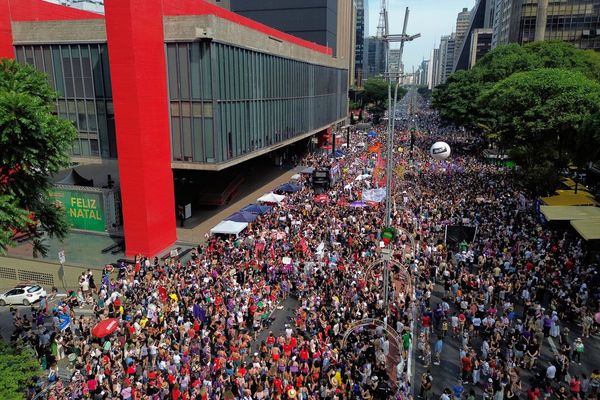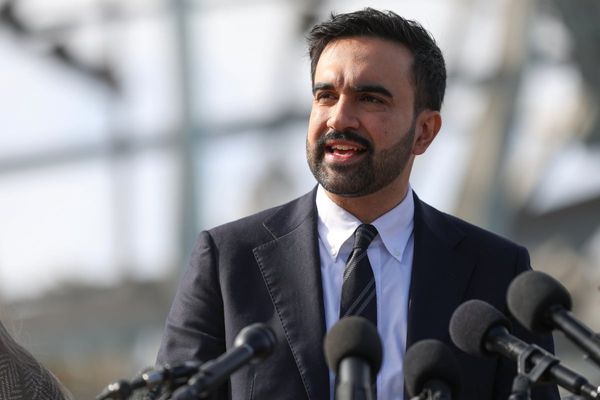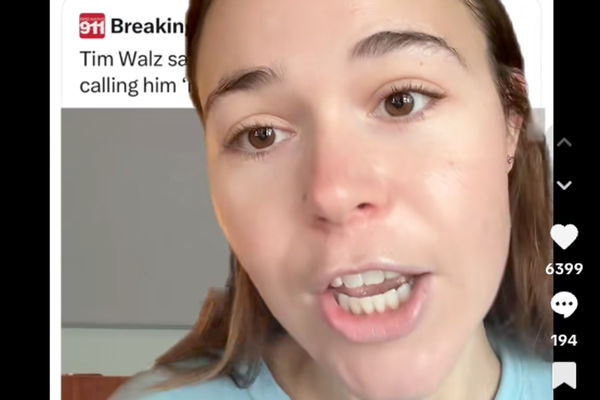Commuters are facing travel misery with Tube strikes under way in London.
From Sunday 7 September, different groups of RMT members are walking out across the Tube network each day, with the aim of bringing operations to a halt. Every Underground line has been hit during this period, which lasts until the morning of Friday 12 September.
Talks to avert the industrial action broke down on Wednesday 3 September, with Transport for London (TfL) saying the negotiations had ended with “no resolution”. No further meetings between the union and TfL are planned.
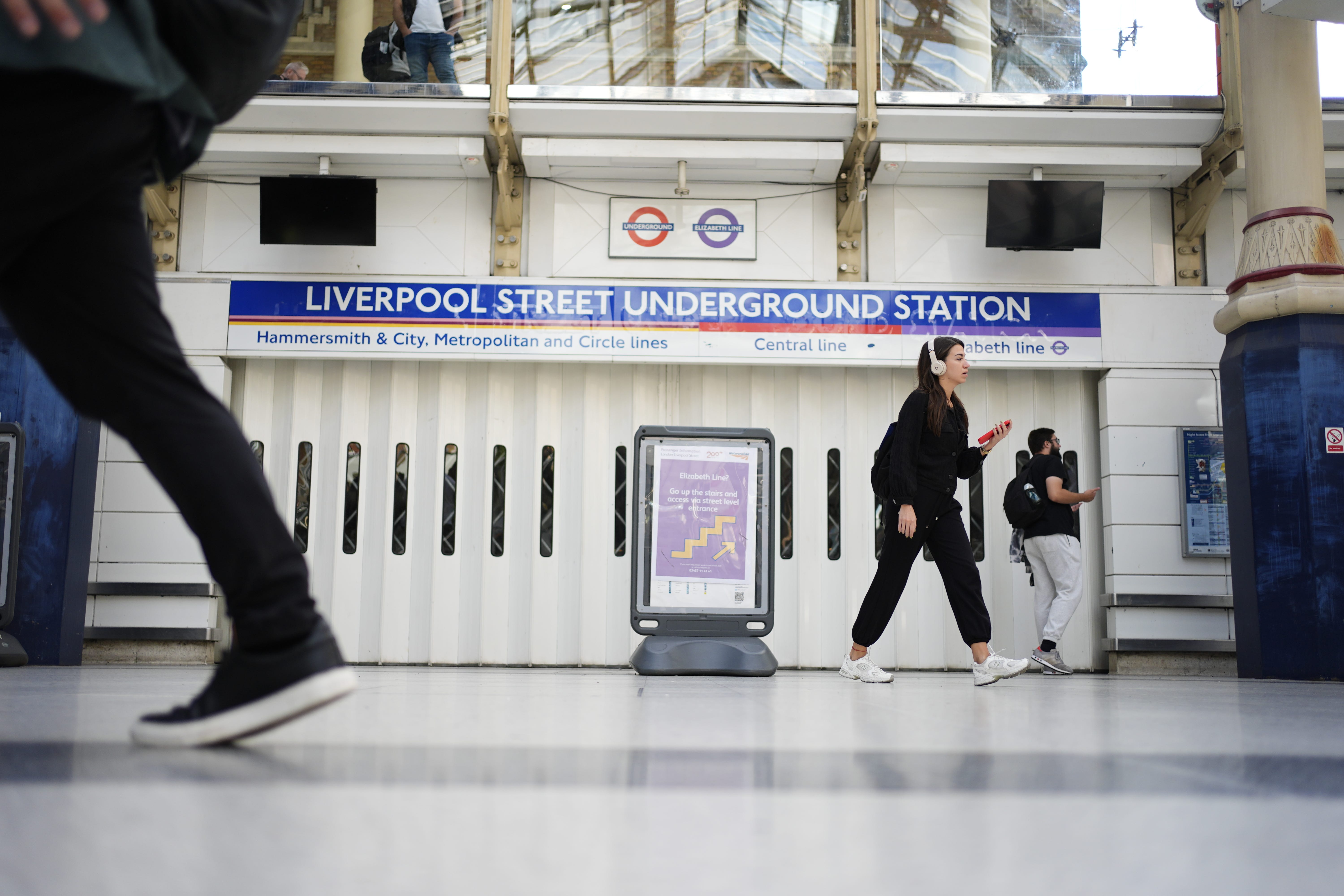
Kate Nicholls, chief executive of UKHospitality, told The Independent: “This is having a devastating impact on the busy first week back to work and school.
“We estimate cost to our members is £110m. The overall economic hit to London is estimated to be twice that.”
Coldplay had to reschedule two of their Wembley Stadium concerts, originally planned to take place on 7 and 8 September, citing the London Underground strikes as the reason.
When is September’s Tube strike and what lines are affected?
Every Underground line is disrupted from Sunday 7 September until Friday 12 September. The DLR was closed by a strike on 9 and 11 September, with disruption continuing in to the following days.
Buses, London Overground and the Elizabeth line, plus national rail services in the capital, have continued to run almost as usual – but are much more crowded than they would normally be.
Some rail firms that use stations staffed by TfL personnel are not able to operate a full service.
The City branch of the Great Northern network, from Finsbury Park to Moorgate, will face time restrictions.
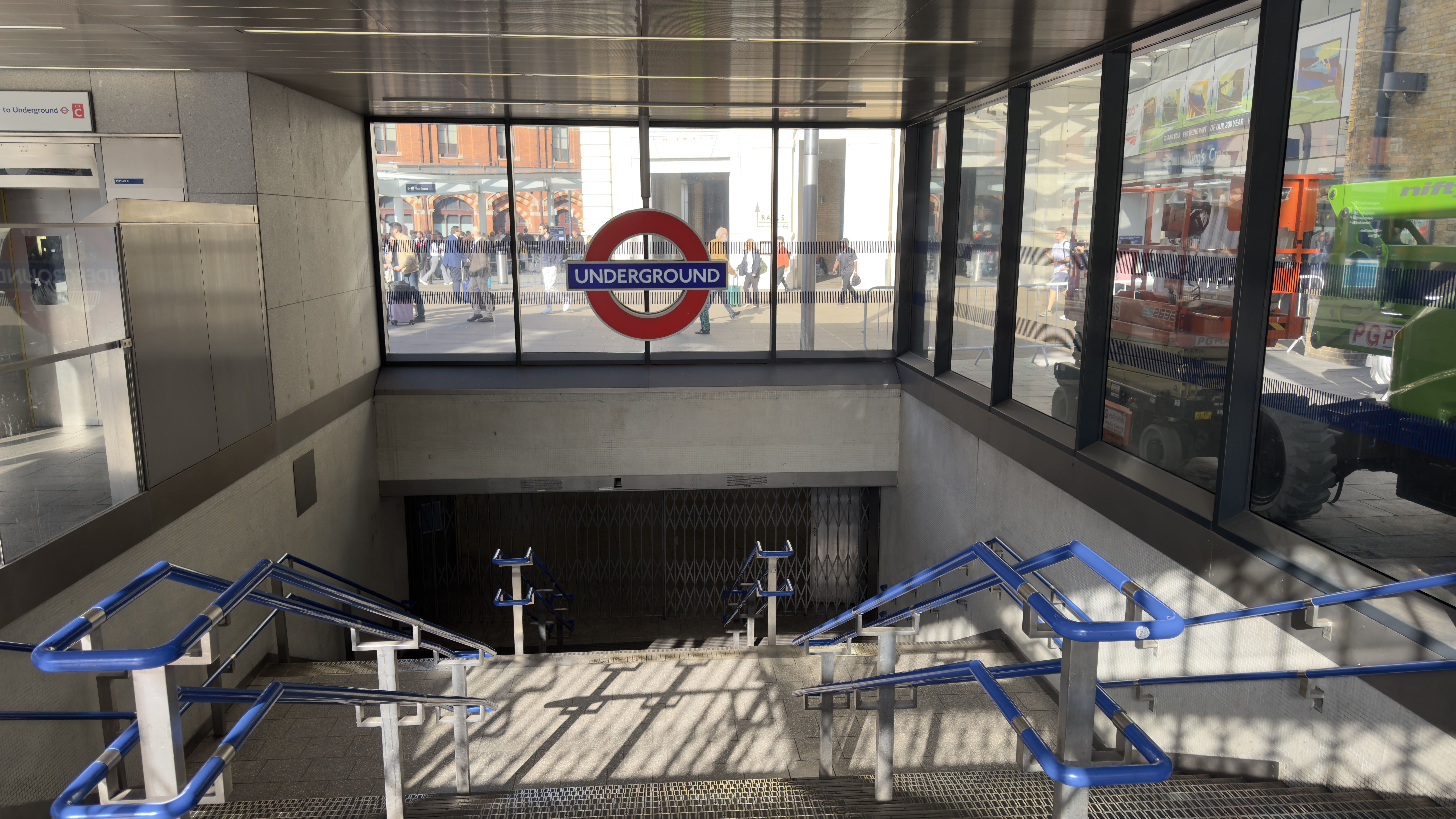
A timeline of September’s Tube strike
Friday 5 September: Depot operational control managers at Ruislip staged a walkout from 6pm, although minimal disruption was expected.
Saturday 6 September: Some disruption continued.
Sunday 7 September: The Bakerloo line was closed all day “due to strike action”. Further disruption spread across the London Underground during the afternoon, with severe delays on the Jubilee and Piccadilly lines.
TfL warned that all journeys should be completed by 6pm.
Monday 8 September: No service on the vast majority of Underground lines. One of the key alternatives for travellers from northwest London, Chiltern Railways from Wembley to Marylebone, was disrupted throughout the Monday morning rush hour due to a points failure.
Tuesday 9 September: No service on most Underground lines; no trains ran on DLR. But the Northern line ran end to end – from Edgware and High Barnet in the north through to Morden and Battersea Power Station in the south, via both the Charing Cross and City branches. Some stations in the central area were skipped.
A few trains ran at the edges of the Tube network, specifically on the Piccadilly line between Rayners Lane and Hammersmith, and between Arnos Grove and Cockfosters.
Wednesday 10 September: Almost no service ran Underground lines. The Docklands Light Railway was due to reopen as normal after Tuesday’s strike but disruption continued through the morning rush.
Thursday 11 September: Very few trains ran on Underground lines; no trains ran on the DLR.
Underground trains running on Thursday comprised:
- Metropolitan line northwest from Baker Street to Watford.
- District line east from Whitechapel to Upminster.
- Piccadilly line west from Acton Town to South Harrow.
Friday 12 September: Transport for London warns there will be no service before 8am, and that it will take several hours until all lines are running normally.
In fact the Piccadilly line between Heathrow and Cockfosters started running before 7am, as did the Victoria line – with “severe delays due to strike action”. The Northern line is reported to have a “good service”.
While the Docklands Light Railway was expected to be running normally, it has also been hit by long delays.
TfL adds: “Some bus services in west, northwest and southwest London may be impacted by separate strike action on Friday 12 to Sunday 14 September.”
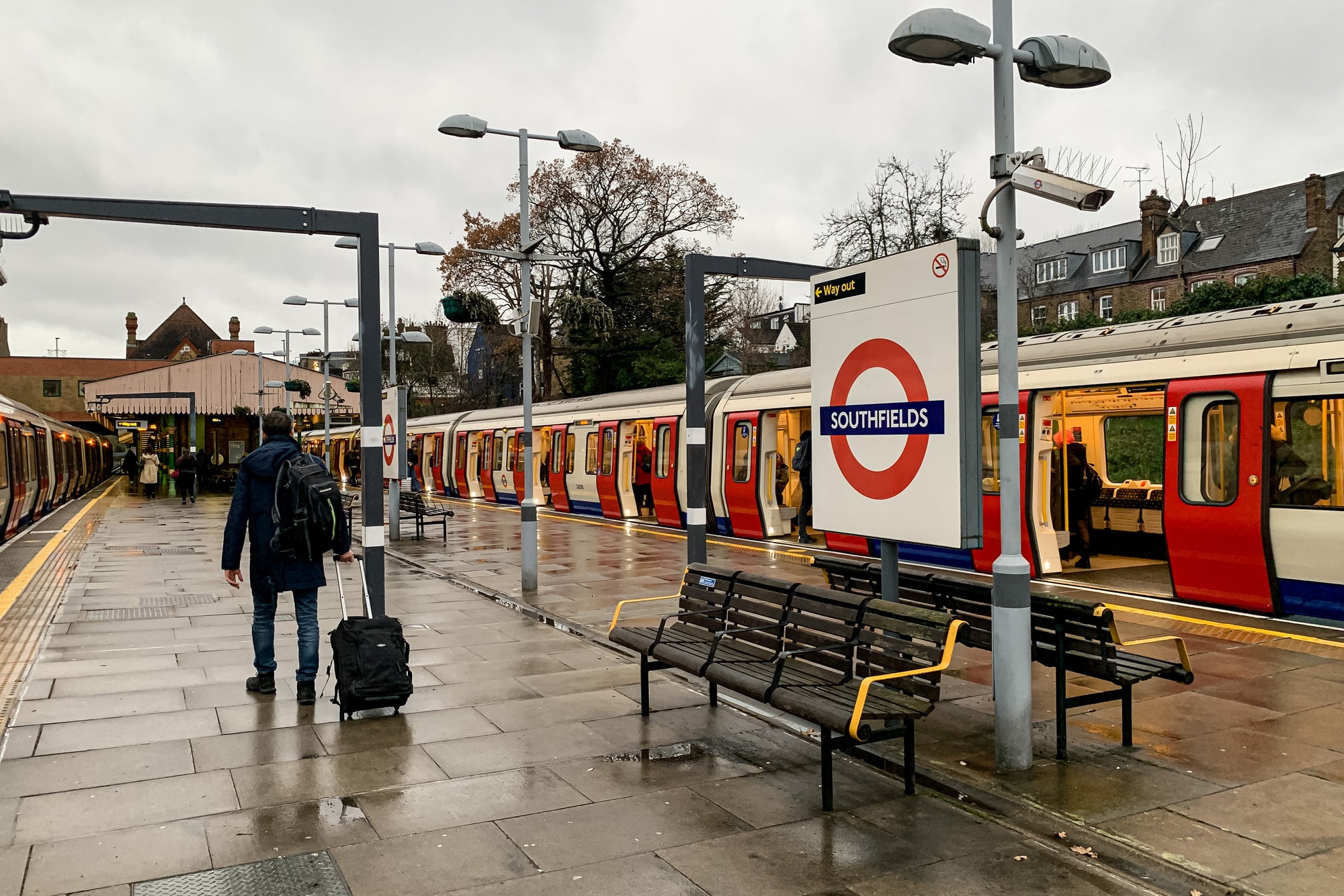
The full list of Tube lines affected by September’s strike
- Bakerloo
- Central
- Circle
- District
- Hammersmith & City
- Jubilee
- Metropolitan
- Northern
- Piccadilly
- Victoria
- Waterloo & City
How to get around London during the Tube strike
The Overground, Elizabeth line, buses, trams and National Rail services have continued to operate as usual, as their staff are covered by different agreements.
The DLR will be working as normal except on 9 and 11 September.
Plan journeys in advance as the services that are available are likely to be busier than usual. Planned engineering works on the Overground might also lead to delays, while some Elizabeth line and Overground stations could have limited access if their staff choose to strike.
Uber Boat by Thames Clippers added extra sailings on the river, in particular with a shuttle service between Canary Wharf and London Bridge.
TfL recommends walking or cycling where possible. For more advice about strike-proof routes, visit the TfL website.
Why do more Tube trains run in the suburbs than the centre?
The stations on the outer reaches of the network can be kept open with fewer staff. Central London stations legally require more staff to meet fire safety requirements due to the fact that they are underground, and these numbers are not available because of the strike action.
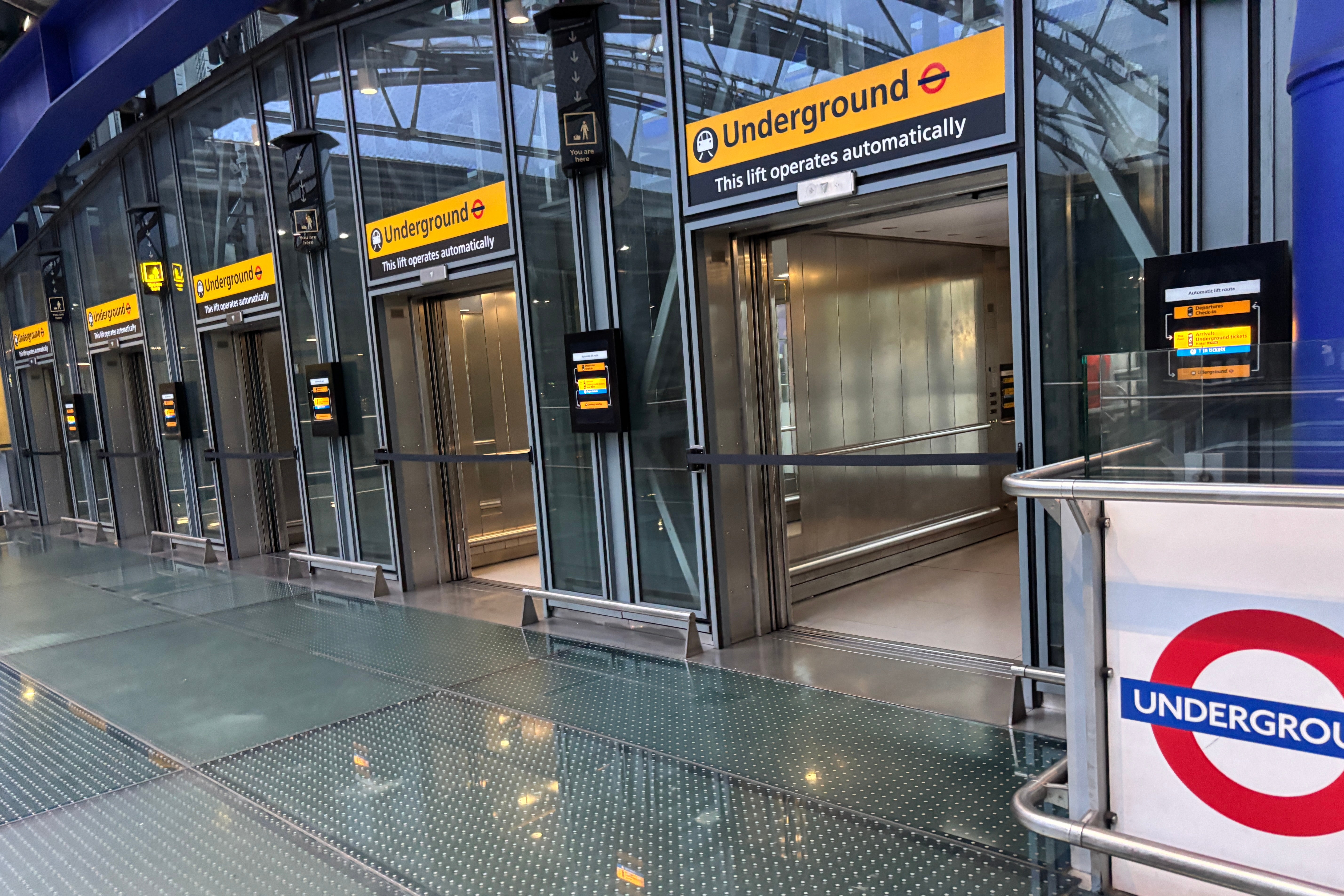
How to get to London’s airports during the Tube strike
Heathrow
With the Piccadilly line out of action during the Tube strike, the Elizabeth line will provide the main alternative. It runs to Paddington and through the centre of the capital to Farringdon (with connections on Thameslink to Luton and Gatwick airports, as well as London Bridge). The Heathrow Express is also running, but only as far as Paddington.
Gatwick
Thameslink trains run to London Bridge, Blackfriars, Farringdon and St Pancras. At Farringdon you can change for the Elizabeth line to Liverpool Street, Paddington and Heathrow. But note Thameslink will not be able to call at Farringdon before 7.30am from Monday to Thursday, nor after 10.30pm on Monday and Wednesday,
Gatwick Express and Southern trains also serve Victoria. Southern trains stop at Clapham Junction, which has a wide range of London Overground trains running around the capital’s suburbs.
Stansted
The Stansted Express train runs to and from Liverpool Street, which is on the Elizabeth line.
London City
The main public transport used by London City passengers is the Docklands Light Railway (DLR), which runs to and from Bank and Tower Gateway. Bank is a 15-minute walk from London Bridge station, and Tower Gateway is 10 minutes on foot from Liverpool Street.
But the DLR will be closed due to a separate strike on both 9 and 11 September. The recommended alternative approach is on the Elizabeth line to Custom House and then take a short bus ride (473 or 300) to the airport. The 129 (Newham to Woolwich) and 474 (Canning Town to Manor Park) also serve the airport.
Luton
Thameslink trains from central London offer frequent rail departures to and from Luton Airport Parkway, from where the Dart monorail runs to the airport terminal. The Luton Airport Express also runs from St Pancras. From east and west London, you can connect at West Hampstead between London Overground and Thameslink.
Southend
The airport’s dedicated station is on the route to London Liverpool Street, which offers fast connection to the Elizabeth line.
What have the RMT union and TfL said about the September Tube strikes?
The RMT says “workers are being rostered into exhaustion” on the London Underground. It accuses bosses of refusing “to engage seriously with union demands on pay, fatigue management, extreme shift patterns and a reduction in the working week”.
The union wants a four-day, 32-hour working week.
RMT members “voted in overwhelming numbers to take strike action”, the union said. The majority is believed to be 96 per cent in favour of a walkout, on a turnout of 57 per cent – meaning just under 55 per cent of the workforce voted to strike.
Eddie Dempsey, general secretary of the RMT, said: “Our members are doing a fantastic job to keep our capital moving, and work strenuous shift patterns to make sure Londoners get to their destinations around the clock.
“Fatigue and extreme shift rotations are serious issues impacting on our members health and wellbeing – all of which have not been adequately addressed for years by London Underground management.”
Claire Mann, TfL’s chief operating officer, said a reduction in the contractual 35-hour working week would be “neither practical nor affordable”.
She said: “We call on the RMT to suspend this action, put our fair and affordable offer to their members and continue discussions with us. Our pay deal is in line with other offers accepted by the RMT across the rail industry, so it is disappointing the RMT is planning to disrupt Londoners without giving their members a say on the offer.
“We remain open for discussions about any part of our offer, and we are committed to making sure our colleagues are treated fairly. We welcome further engagement from all of our unions about managing fatigue across the network.”
How much do Tube drivers earn and what hours do they work?
In November 2024, TfL said: “The current fixed salary for a full-time Tube driver is £68,096.”
The current shift pattern involves five days of working around 36 hours, with an average of seven hours and 12 minutes per day plus an unpaid 30-minute meal break; one hour a week is typically “banked” to provide time off at a later date.
Shifts start as early as 4.30am and finish as late as 2am, while Night Tube drivers work from 11pm until 7am.
Drivers get a minimum of 29 days of annual leave plus public holidays. They also get free travel for themselves and a nominated partner or family member on the TfL network, and discounts on Eurostar trains.
Read more: Six ways to fix Britain’s broken rail fare system
How much Tube drivers really earn as they strike over pay
I’m a travel expert and this is how I get around London during tube strikes
Traders voice frustration at Tube strike with city economy facing hit of £230m
What will the EU’s new entry-exit system mean for British travellers?
What is changing for British travellers to Europe this year and next?
Southwest plane forced to divert and land in Los Angeles after engine failure
